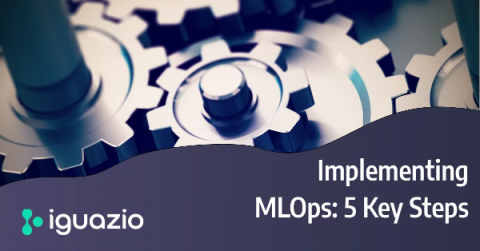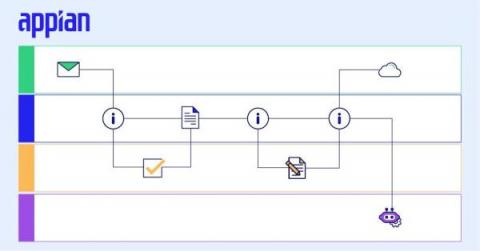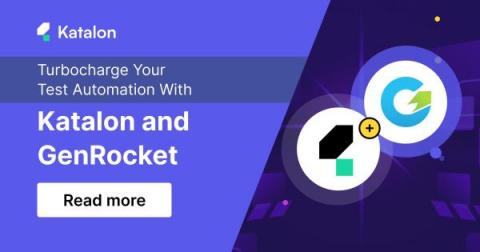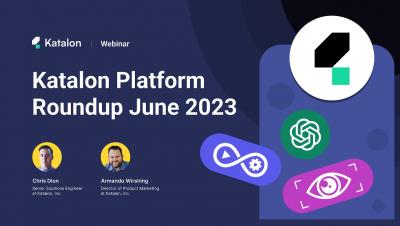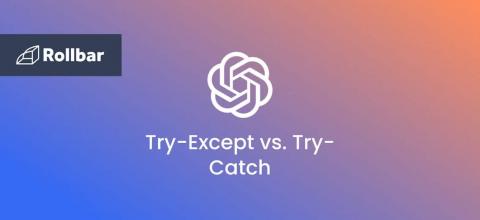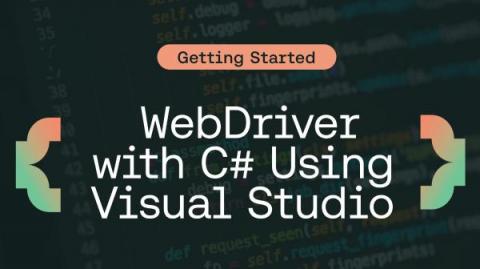herDIGITALstory Chapter 2: Unleashing the Power of AI in Healthcare
In the realm of technology, fields such as Artificial Intelligence (AI), Machine Learning (ML), Blockchain, and Data Science have witnessed remarkable advancements that shape the future of our world. However, as these industries flourish, the lack of diversity within their ranks has become glaringly apparent. At Cigniti, we believe in ‘building bridges and embracing togetherness’ and are committed to Diversity, Equity, and Inclusion in technology.



